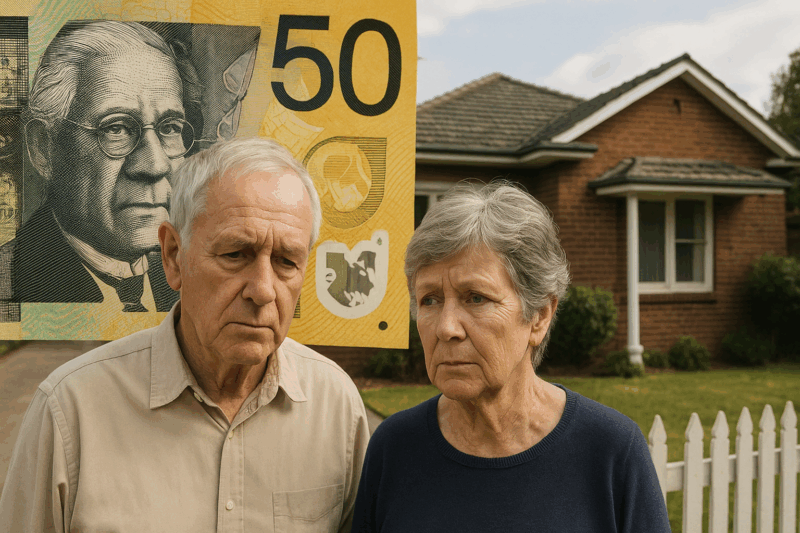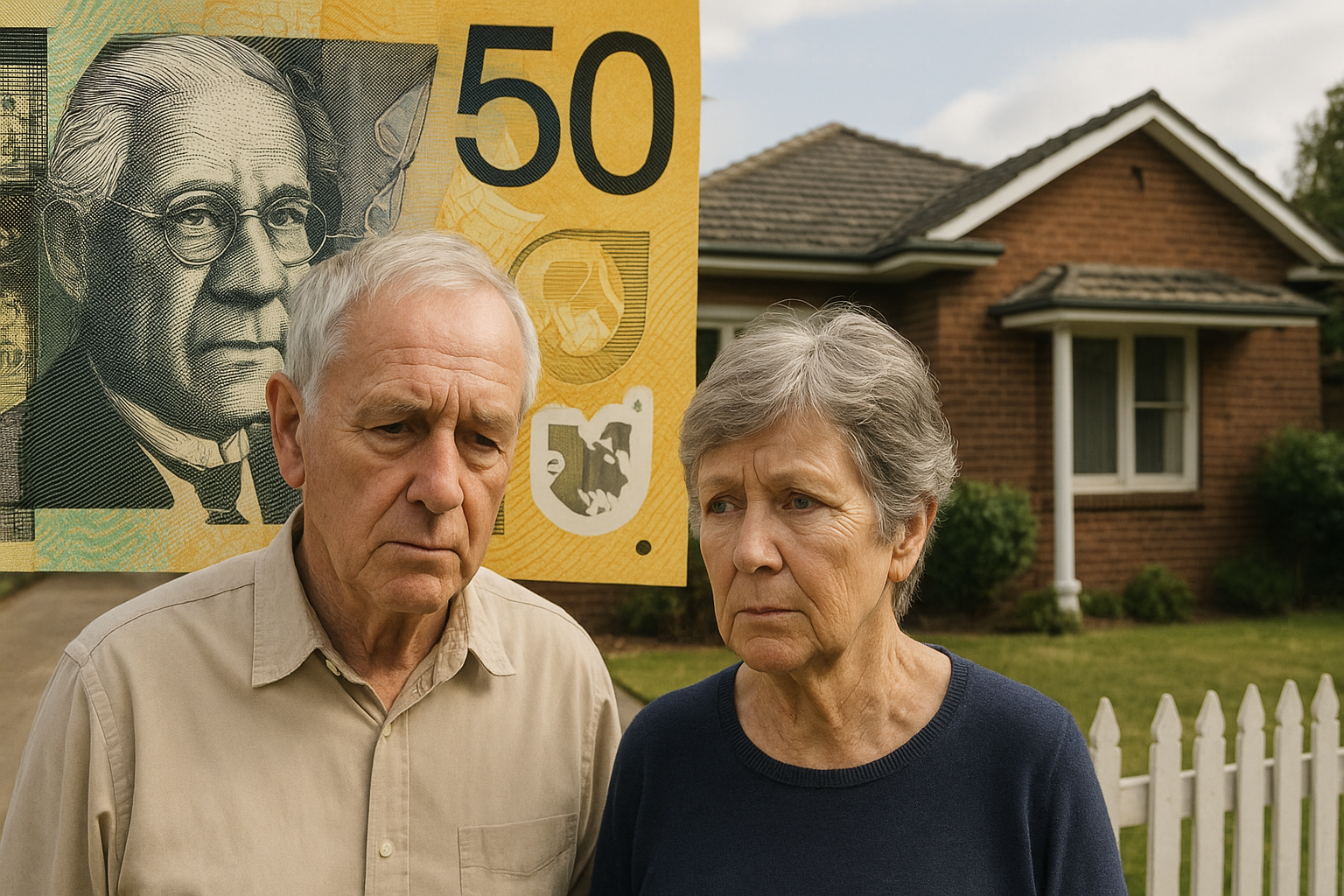
Key takeaways
The HILDA survey shows homeowners (no mortgage) have an average wealth of $1.66 million, while retirees who rent have just $277,000.
Housing wealth, not superannuation, is the biggest determinant of financial security in retirement.
In 2003, 75% of retirees owned their homes outright, but by 2023 that fell to two-thirds.
The share of retirees renting has doubled from 6% to 12%.
Rising property prices (+400% over 20 years) are locking younger generations out of ownership, creating long-term vulnerability.
Without property, many will rely heavily on the age pension and face financial insecurity.
The “great Australian dream” of home ownership remains the cornerstone of retirement wealth.
For younger generations and investors, the lesson is clear: enter the property market early, build diversified wealth, and support intergenerational strategies to ensure financial security.
We often talk about Australia’s retirement system being one of the best in the world, underpinned by compulsory superannuation, the age pension, and voluntary savings.
But the latest HILDA survey reminds us that the real wealth divide in retirement isn’t about how much super you’ve got – it’s about whether you own your home.

The numbers behind the divide
According to the Melbourne Institute’s Household, Income and Labour Dynamics in Australia (HILDA) survey, the average home-owning retiree is now worth nearly $1.7 million.
That’s six times the wealth of the average retiree who rents.
- Homeowners (no mortgage): $1.66 million average wealth, largely made up of $1.14 million in housing and about $500,000 in super.
- Homeowners (with mortgage): $1.48 million average wealth after accounting for debts.
- Renters: Just $277,000 in super, with no housing wealth to fall back on.
While super balances have been growing steadily, housing remains the cornerstone of wealth for most Australians in retirement.
Why this gap is growing
The survey revealed some worrying long-term shifts:
- In 2003, three-quarters of retirees owned their homes outright. By 2023, this had fallen to two-thirds.
- The share of retirees renting doubled from 6% to 12%.
- Rising house prices – up more than 400% in the last two decades – have left younger generations struggling to get a foothold in the property market.
As Kyle Peyton, co-author of the HILDA report, warns: superannuation alone will not be enough to support the growing number of Australians who enter retirement without housing wealth.
The vulnerability of renting in retirement
The financial vulnerability of retirees who rent is stark:
- Around 40% of renters’ spending goes toward housing, compared with much smaller proportions for homeowners.
- Renters have less disposable income for essentials like food, petrol, and utilities.
- Their exposure to rising rents and limited ability to boost income makes them especially vulnerable.
In contrast, mortgage repayments tend to be more predictable and eventually disappear, leaving homeowners with lower ongoing costs and a valuable asset base.
Gender differences in super balances
The survey also highlighted gender disparities.
Recent retiree women had an average super balance of $383,000, compared to $504,000 for men.
While women’s balances have grown much faster over the last few years, the gap remains wide – and when combined with the greater likelihood of women living longer, this poses additional challenges.
What this means for future generations
Looking ahead, the retiree wealth divide is only likely to widen.
With declining home ownership rates among younger Australians, more people could find themselves spending their entire lives renting – and then retiring without the safety net of housing wealth.
The implications are huge:
- Greater reliance on government support like the age pension.
- Increased financial stress on older Australians.
- A two-tiered retirement system – one for those who own property, and another for those who don’t.
Key Lessons for Today’s Investors
- Owning your home is still the cornerstone of wealth creation. While superannuation is important, property continues to play the dominant role in financial security.
- The earlier you enter the property market, the better. Rising prices mean younger generations need a strategy to get in sooner rather than later.
- Intergenerational wealth matters more than ever. Families who can help their children into the market will give them a critical advantage in retirement.
- Diversification is essential. Building a portfolio of investment properties can help create the safety net that future retirees will desperately need.
Some final thoughts
The HILDA survey is a sobering reminder: superannuation alone won’t deliver a comfortable retirement, particularly for those without housing wealth.
And don't even think about retiring on the government pension if there even will be one in the future.
The great Australian dream of home ownership isn’t just about lifestyle – it’s the dividing line between financial security and vulnerability in later life.
For property investors and families thinking about the future, the message is clear.
If you want to give yourself – and the next generation – the best shot at a dignified and financially secure retirement, property remains the cornerstone.














